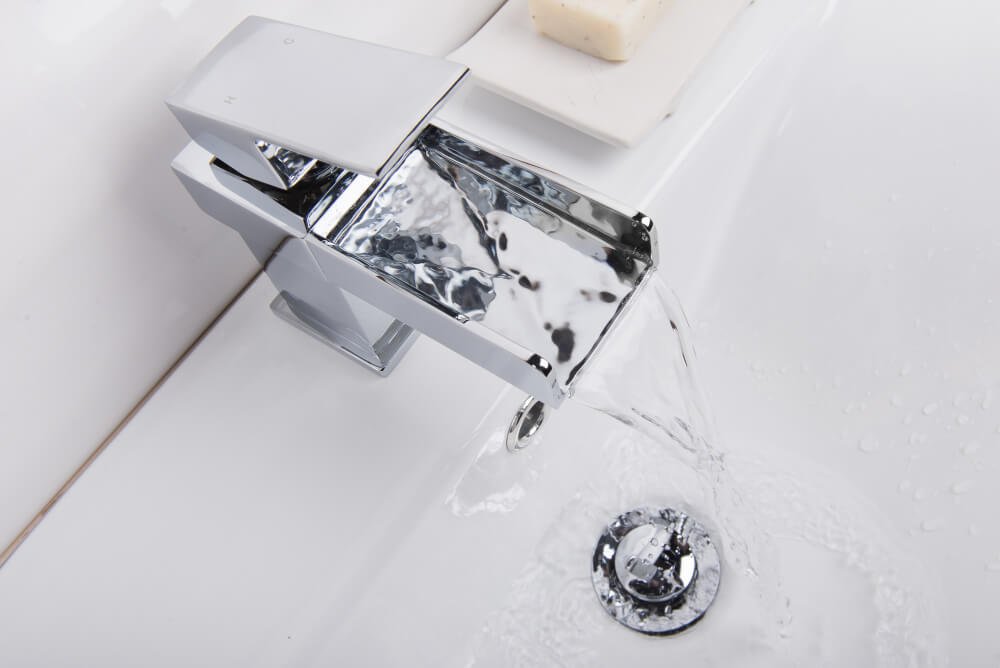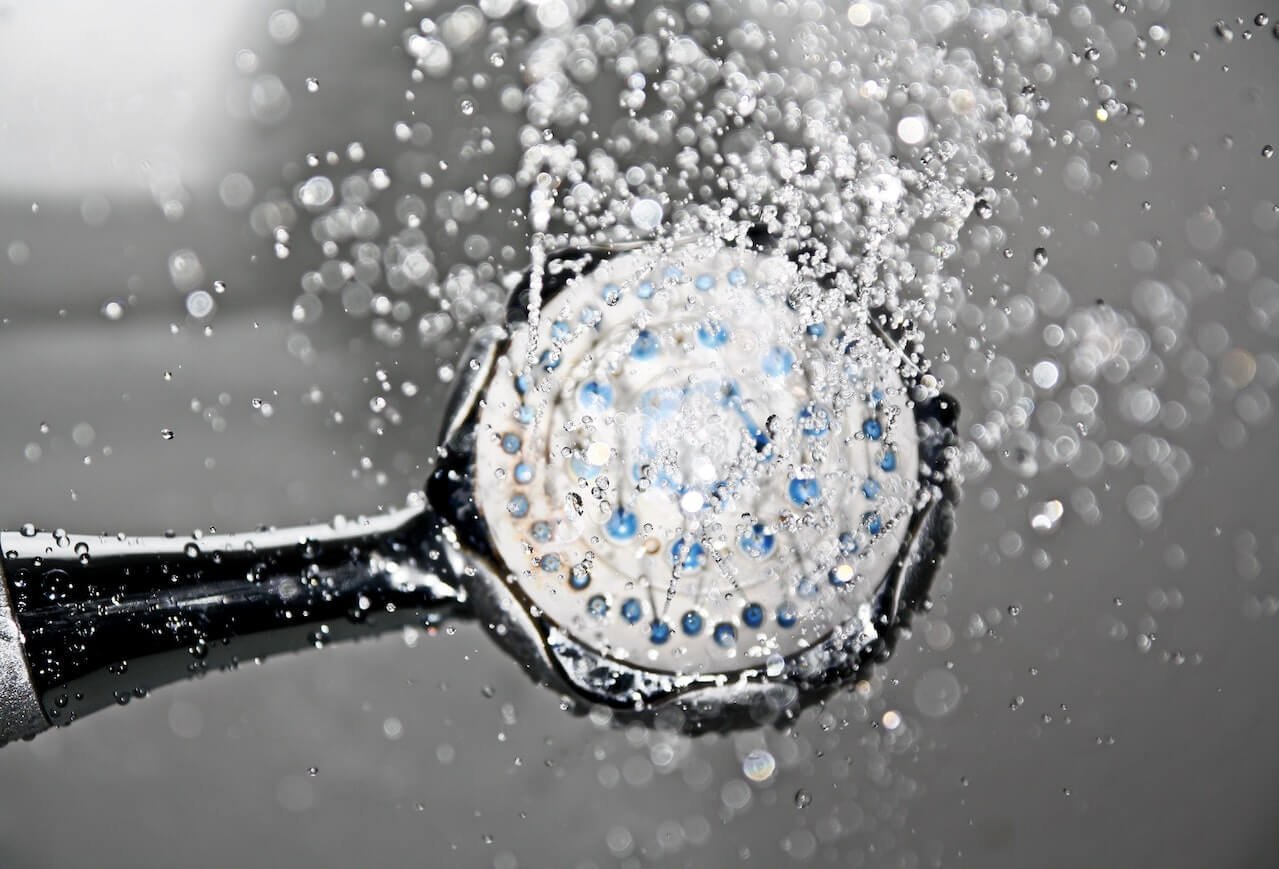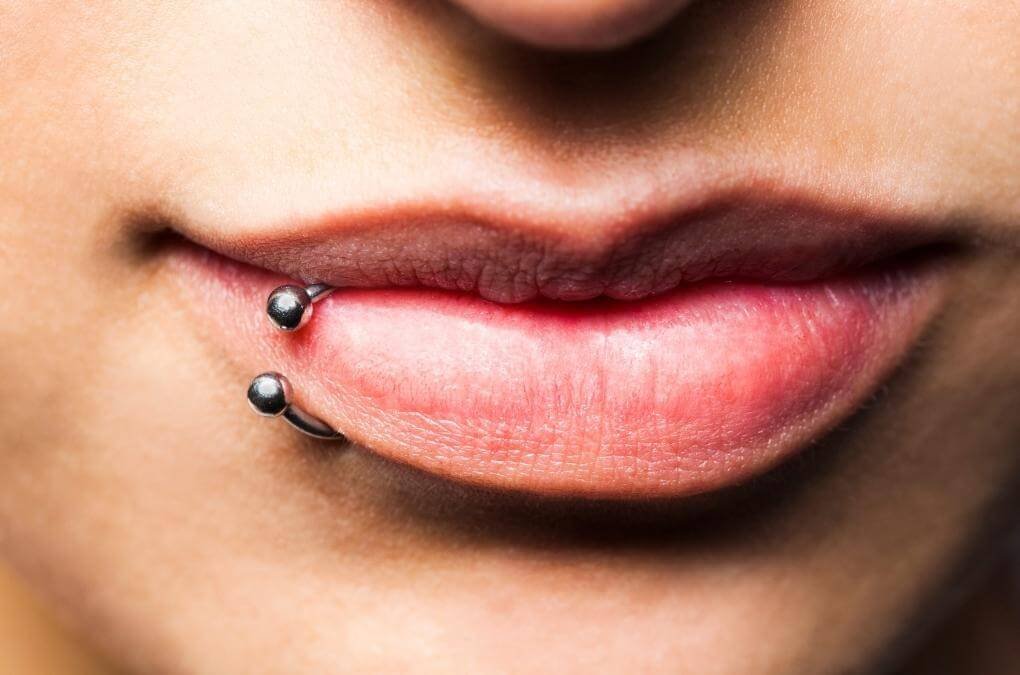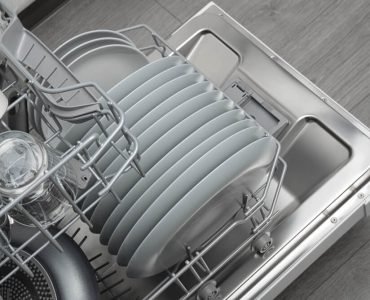This guide will share some of the best tips and tricks for getting your sink looking as good as new. From natural remedies to powerful cleaning products, we’ve got you covered. So, get ready to roll up your sleeves and say goodbye to stains for good!
Common Causes of Sink Stains
Before you start cleaning your sink, it’s essential to understand the common causes of sink stains. This will help you choose the right cleaning solution for your specific problem. Here are some of the most common causes of sink stains:
Hard Water
If you live in an area with hard water, you’ll likely see mineral buildup in your sink. Hard water contains high levels of minerals such as calcium and magnesium, which can leave behind white or brown stains on your sink.
Soap Scum
Soap mixed with hard water can create a white film on your sink. This is known as soap scum and can be difficult to remove.
Food Particles
If you don’t rinse your dishes thoroughly before placing them in the sink, food particles can get stuck and cause stains over time.
Types of Sinks and Their Cleaning Requirements
Different types of sinks require other cleaning techniques and products. Here’s a quick guide to cleaning different types of sinks:
Stainless Steel Sinks
Stainless steel sinks are durable and easy to clean. Use a soft cloth or sponge and mild detergent to clean a stainless steel sink. Avoid using abrasive cleaners or steel wool, as they can scratch the sink’s surface.
Porcelain Sinks
Porcelain sinks are delicate and require gentle cleaning. Use a non-abrasive cleaner and a soft sponge or cloth to clean a porcelain sink. Avoid using bleach or other harsh chemicals, which can damage the sink’s surface.
Granite Sinks
Granite sinks are durable and resistant to stains but require regular cleaning to maintain their appearance. Use a non-abrasive cleaner and a soft sponge or cloth to clean a granite sink. Avoid using acidic cleaners or abrasive sponges, which can damage the sink’s surface.

Natural Cleaning Solutions for Sink Stains
Several options can effectively remove sink stains if you prefer natural cleaning solutions. Here are some natural remedies to try:
Baking Soda
Baking soda is a natural abrasive that can help remove stubborn stains from your sink. Mix a small amount of baking soda with water to create a paste. Apply the paste to the stained areas of your sink and let it sit for 15-20 minutes. Scrub the sink with a soft sponge or brush, then rinse with water.
Vinegar
Vinegar is a natural acid that can help dissolve mineral buildup and soap scum in your sink. Mix equal parts vinegar and water in a spray bottle to use vinegar. Spray the solution on the stained areas of your sink and let it sit for 10-15 minutes. Scrub the sink with a soft sponge or brush, then rinse with water.
Lemon Juice
Lemon juice is a natural acid that can help remove stains from your sink. To use lemon juice, cut a lemon in half and rub the cut side on the stained areas of your sink. Let the juice sit for 10-15 minutes, then rinse with water.
Chemical Cleaners for Tough Sink Stains
If natural remedies aren’t effective for your sink stains, several chemical cleaners can be used. Here are some options to consider:
Bleach
Bleach is a powerful cleaner that can help remove tough stains from your sink. To use bleach, dilute it with water according to the instructions on the label. Apply the solution to the stained areas of your sink and let it sit for 5-10 minutes. Scrub the sink with a soft sponge or brush, then rinse with water.
Bar Keepers Friend
Bar Keepers Friend is a powdered cleaner that can help remove tough stains from your sink. To use Bar Keepers Friend, wet the stained areas of your sink and sprinkle the powder onto the surface. Scrub the sink with a soft sponge or brush, then rinse with water.
Tools and Equipment Needed for Cleaning a Sink
You’ll need a few tools and equipment to clean your sink effectively. Here are some items to have on hand:
- Soft Cloth or Sponge: A soft cloth or sponge is essential for cleaning your sink without scratching the surface.
- Cleaning Solution: Whether you prefer natural remedies or chemical cleaners, you’ll need a cleaning solution to remove stains from your sink.
- Scrub Brush: A scrub brush can help remove tough stains from your sink.
- Gloves: Wearing gloves can protect your hands from harsh chemicals and hot water.
Step-by-Step Guide to Cleaning a Sink

Now that you have the right tools and cleaning solutions, it’s time to start. Here’s a step-by-step guide to cleaning your sink:
- Remove any dishes or debris from the sink.
- Wet the sink with water.
- Apply your chosen cleaning solution to the stained areas of your sink.
- Let the solution sit for the recommended amount of time.
- Scrub the sink with a soft sponge or brush, paying special attention to the stained areas.
- Rinse the sink thoroughly with water.
- Dry the sink with a soft cloth or towel.
Maintaining a Clean Sink: Tips for Preventing Future Stains
To keep your sink looking clean and sparkling, there are several things you can do to prevent future stains. Here are some tips to try:
- Rinse Dishes Thoroughly: Before placing dishes in the sink, rinse them thoroughly to remove any food particles.
- Wipe the Sink Dry: Wipe the sink dry with a soft cloth or towel to prevent water spots and mineral buildup.
- Use a Sink Protector: A sink protector can help prevent scratches and stains on the surface of your sink.
- Clean the sink Regularly: Regular cleaning can help prevent stains from building up over time.
Conclusion: Enjoying a Sparkling Clean Sink
With the right techniques and tools, getting your sink sparkling white is easier than you might think. Whether you prefer natural remedies or chemical cleaners, plenty of options exist. Following our step-by-step guide and maintaining a clean sink, you can say goodbye to stains for good. So, roll up your sleeves and enjoy a sparkling clean sink!










